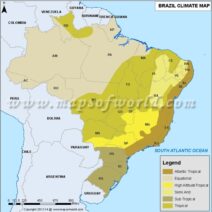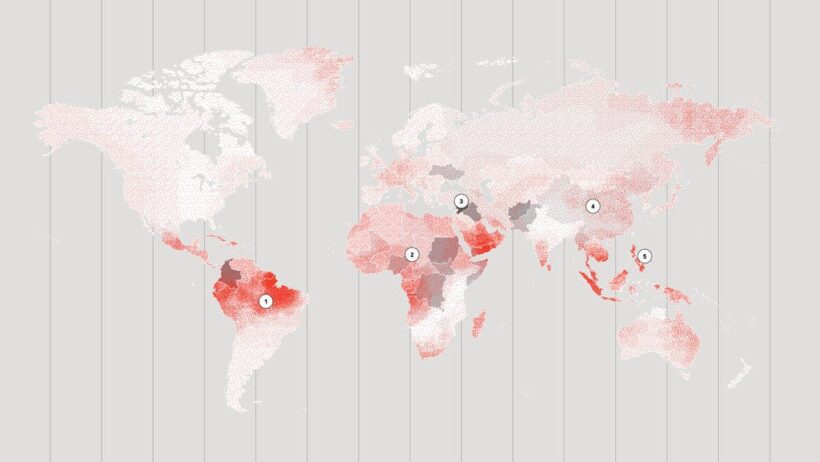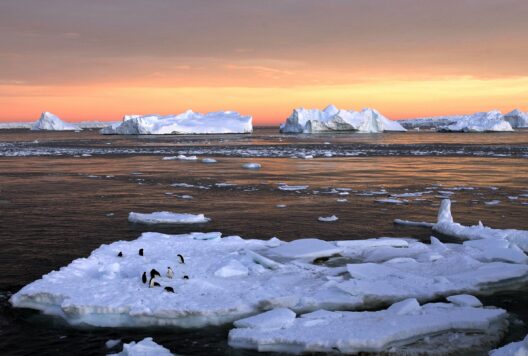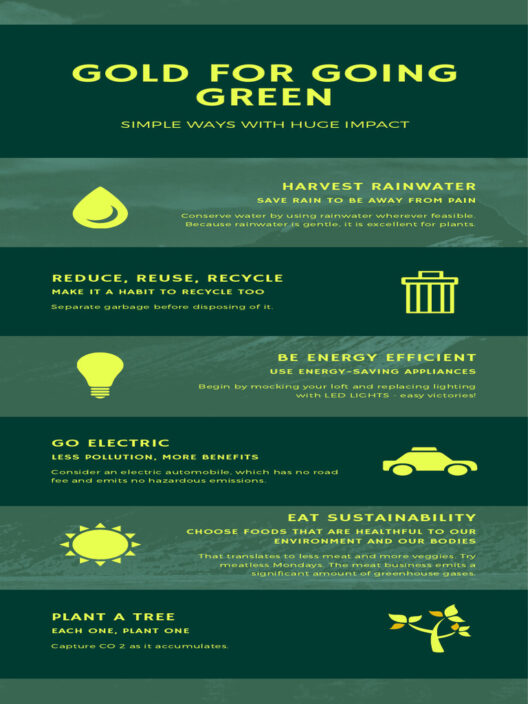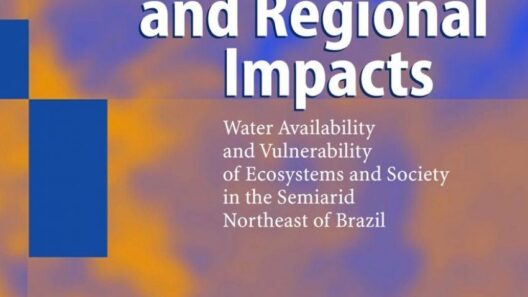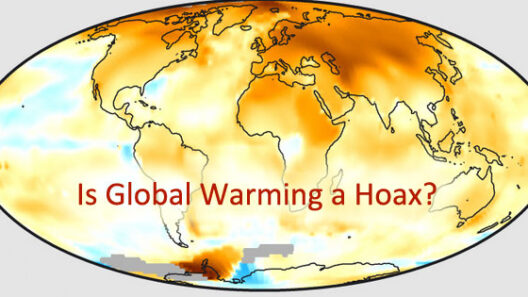In a world increasingly defined by unprecedented climatic shifts, it is crucial to examine how human activity catalyzes global warming. The narrative of climate change often simplifies the issue to mere statistics. Yet, beneath the surface lies a complex interplay of anthropogenic factors that drives this planetary crisis. By reassessing our interactions with the environment, we can foster a more profound understanding of the intricate web binding human activity and climate evolution.
At the core of global climate change lies the greenhouse effect, a natural process that warms the Earth’s surface. However, human activities, particularly since the onset of the Industrial Revolution, have significantly amplified this effect. Emissions of greenhouse gases such as carbon dioxide (CO2), methane (CH4), and nitrous oxide (N2O) have surged, primarily due to the burning of fossil fuels, deforestation, and industrial agriculture. Indeed, data indicates that atmospheric CO2 concentrations have risen from approximately 280 parts per million before the Industrial Revolution to over 400 ppm today. This drastic increase directly correlates with rising global temperatures.
The combustion of fossil fuels for energy is the primary culprit in the global warming narrative. Power plants, automobiles, and nearly every facet of modern transportation rely on coal, oil, and natural gas. Consequently, they release immense quantities of CO2 into the atmosphere. As these gases accumulate, they create a thicker blanket that traps heat, prompting drastic shifts in climate patterns. The implications are staggering: rising sea levels, more frequent and severe weather events, and alterations in ecosystems threaten biodiversity and human life alike.
Moreover, deforestation exacerbates the climate crisis. Forested areas act as carbon sinks, sequestering CO2 from the atmosphere. However, extensive logging for agriculture, urban development, and other purposes strips the Earth of these vital ecosystems. According to recent studies, it is estimated that every year, roughly 10 million hectares of forest are lost, which severely diminishes the planet’s ability to absorb CO2. The paradox of development-driven deforestation leads to an increase in carbon emissions while simultaneously reducing the Earth’s capacity to mitigate these effects.
The agricultural industry represents another significant contributor to global warming, emitting both CO2 and other potent greenhouse gases like methane and nitrous oxide. Livestock production, in particular, is a notorious source of methane emissions due to enteric fermentation in ruminant animals. Furthermore, the synthetic fertilizers used in modern agriculture release nitrous oxide, with a warming potential that is 298 times more effective than CO2 over a hundred-year period. Thus, our pursuit of higher agricultural yields comes at a substantial climatic cost.
In investigating the consequences of our actions, it is imperative to consider the socio-economic dimensions of climate change. Vulnerable communities often bear the brunt of climate impacts, with droughts, floods, and extreme heat intensifying existing disparities. Access to resources becomes more competitive, exacerbating tensions and leading to human migration. As climatic conditions deteriorate, people are forced to relocate, creating climate refugees—individuals whose displacement is directly linked to environmental changes. This multifaceted crisis demands our attention as it intertwines with public health, food security, and geopolitical stability.
To confront the challenges posed by climate change, shifts in individual and collective consciousness are essential. Engaging with alternative energy sources, advocating for sustainable agricultural practices, and promoting reforestation efforts can drive meaningful change. Transitioning to renewable energy sources such as solar, wind, and geothermal not only reduces reliance on fossil fuels but also has the potential to create jobs, foster innovation, and stimulate economic growth. The great promise of clean energy embodies a shift toward sustainability, enabling us to break the cycle of destruction.
Furthermore, the integration of circular economy principles into our consumption habits can mitigate the deleterious impacts of waste on the environment. Emphasizing resource efficiency, reusability, and sustainability can create a paradigm shift in how societies approach consumption and production. Reducing, reusing, and recycling materials allows for a diminished carbon footprint, supporting the goal of reducing overall emissions while fostering a sense of environmental stewardship.
Education and awareness also play pivotal roles in combating climate change. By promoting climate literacy and advocating for informed public discourse, we lay the groundwork for collective action. Grassroots movements, civic engagement, and policy advocacy can pressure governments to adopt more stringent environmental regulations, support green technologies, and invest in climate resilience initiatives. Exemplifying leadership at all societal levels ensures that climate action becomes a priority, transcending political ideologies and entrenched interests.
In summation, the myriad ways that human activity drives global warming reveal a troubling, yet not insurmountable, trajectory. The interconnectedness of energy consumption, agricultural practices, and deforestation constructs an intricate backdrop against which the narrative of climate change unfolds. An urgent call to action necessitates an overhaul of our approaches—recognizing that each individual and collective effort counts. Through concerted efforts toward sustainability, innovative technologies, and a reconciled relationship with nature, we can illuminate a path toward resilience and a more stable climate future for generations to come. The time for action is not merely upon us; it demands our unwavering commitment to ensure that we do not become mere spectators in a crisis that has been largely of our own making.
